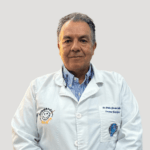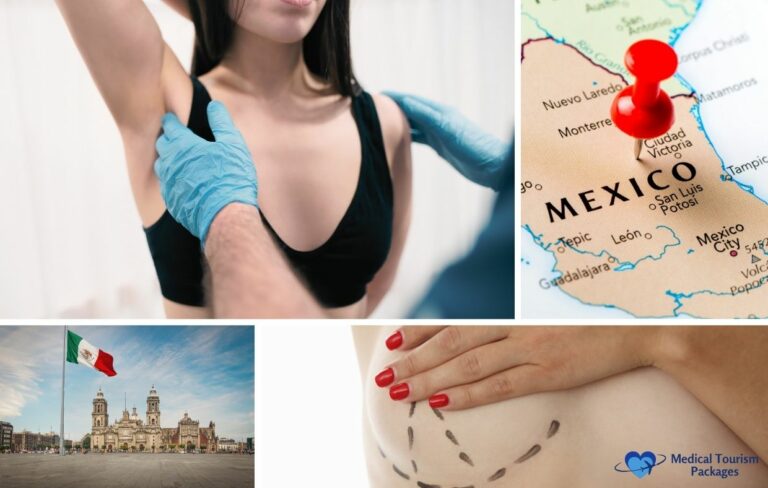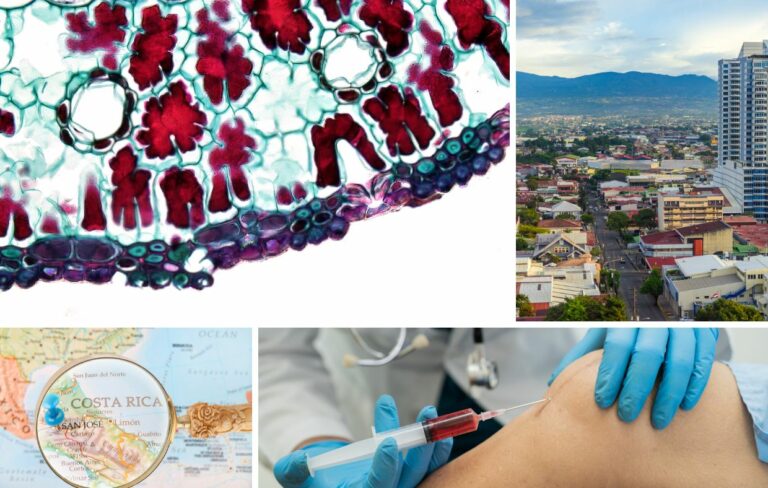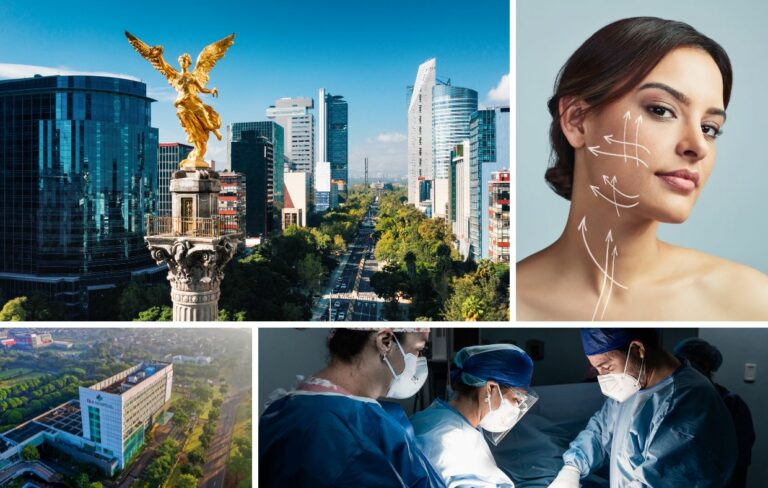Book Appointment Now
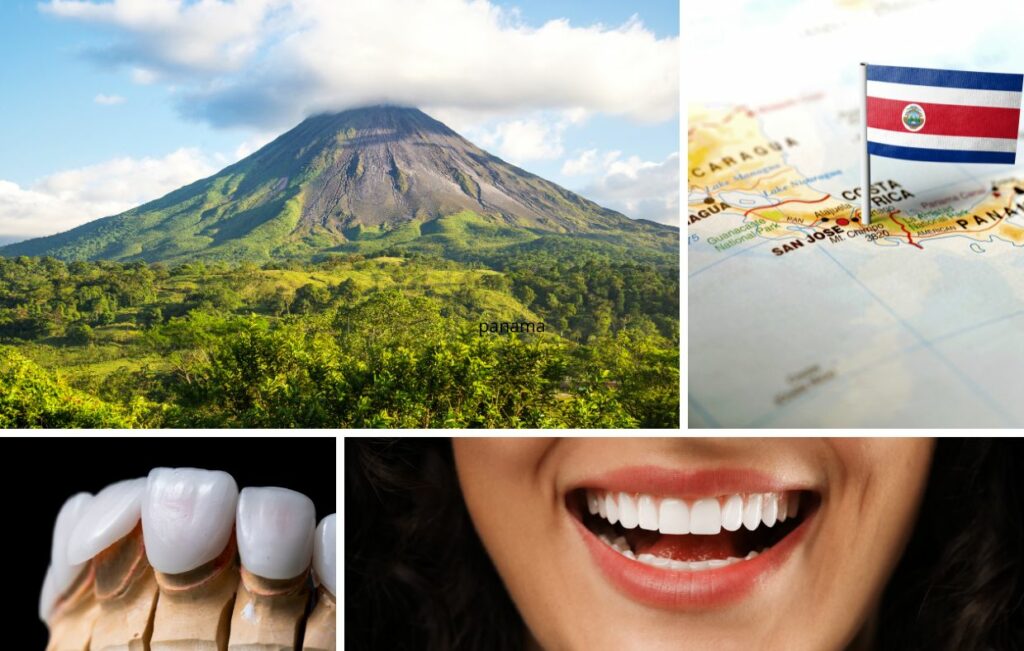
Dental Veneers in Costa Rica: Complete Cost Guide, Quality Standards, and Treatment Process
Costa Rica has emerged as a leading destination for dental veneers, offering medical tourists a compelling combination of quality, affordability, and convenience. Patients achieve the same clinical outcomes as procedures performed in the United States, Canada, or the United Kingdom while saving 50% to 80% on treatment costs. These savings stem from Costa Rica’s 38% lower cost of living, which allows clinics to maintain competitive pricing without compromising on materials or expertise.
Modern clinics in San José and Escazú utilize the same premium materials found in North American facilities, including E-Max porcelain, Lumineers, and advanced ceramic brands. Many dentists have completed postgraduate training in the United States or Europe and maintain active memberships in the American Dental Association. Flight times from major US cities range from three to five hours. Patient satisfaction rates reach 97%, with long-term success rates for dental procedures at 95%.
This guide provides medical tourists with comprehensive analysis of dental veneer treatment in Costa Rica, including precise cost breakdowns, quality standards to verify, the complete treatment timeline, and essential strategies for selecting qualified providers.
What are Dental Veneers and Why Choose Costa Rica?
Dental veneers are thin shells of porcelain or composite material bonded to the front surface of teeth. They address cosmetic concerns including discoloration, chips, gaps, and minor misalignment. The procedure permanently alters tooth structure, as dentists must remove a small amount of enamel to ensure proper fit and natural appearance. For patients considering more extensive restorative work, dental implants offer another viable option in Costa Rica.
Veneer Types Available in Costa Rica
Costa Rican clinics offer four primary veneer types, each with distinct characteristics, lifespan expectations, and trade-offs between durability and aesthetics.
| Veneer Type | Lifespan | Pros | Cons |
|---|---|---|---|
| Porcelain (E-Max) | 10-15 years | Natural luster, highly stain-resistant, durable, mimics enamel translucency | Higher cost, requires enamel removal (0.3-0.5mm) |
| Composite Resin | 5-7 years | Budget-friendly, same-day completion possible, minimal prep required | Susceptible to staining from coffee/tobacco, less durable than porcelain |
| Lumineers | 10-15 years | Ultra-thin design, minimal or no tooth preparation, potentially reversible | More prone to chipping, long-term success still under evaluation |
| Zirconia | 10-15+ years | Extremely strong, fracture-resistant, excellent for posterior teeth | Aesthetics less refined than E-Max porcelain |
Leading Costa Rican clinics use internationally recognized ceramic brands including E-Max (Lithium Disilicate), Lumineers, Empress, MAC, DaVinci, and Vivaneers. These are the same products used in high-end North American and European dental practices.
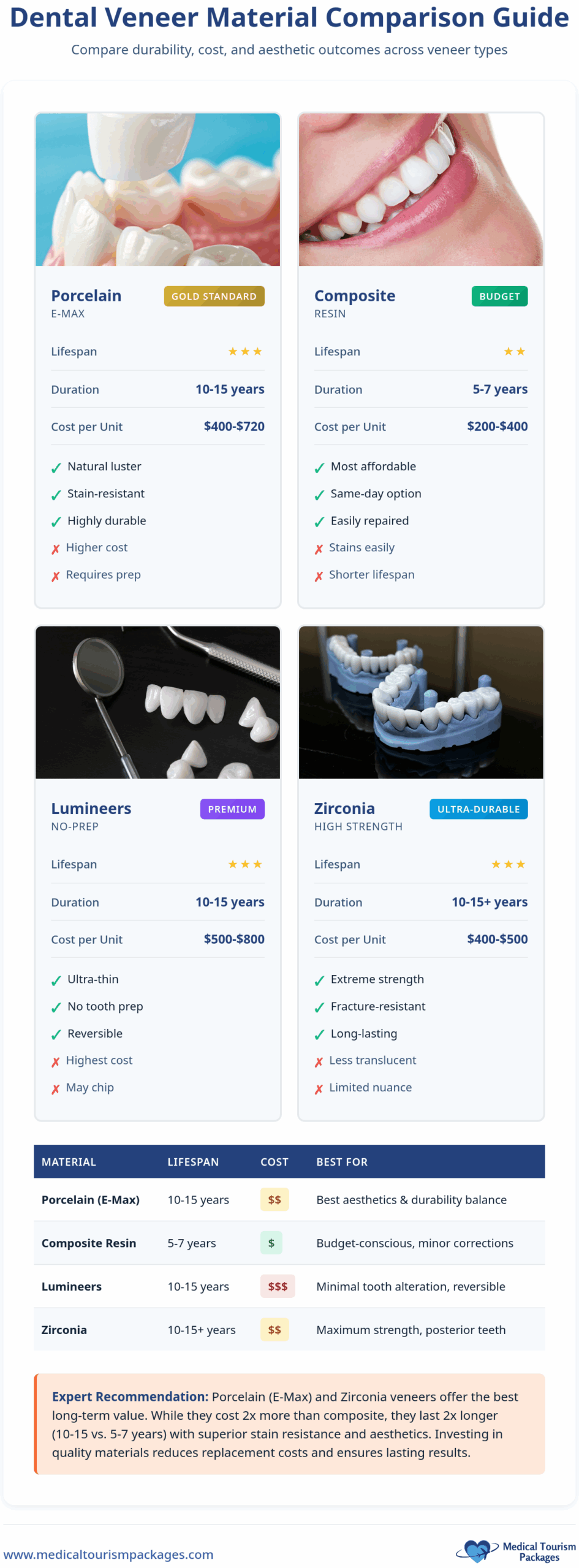
How Much Do Dental Veneers Cost in Costa Rica?
The cost differential between Costa Rica and North American countries is substantial across all veneer types, with savings reaching up to 84% for certain materials. Clinics charging prices at the higher end typically offer verifiable credentials such as Joint Commission International (JCI) affiliation or top Global Clinic Rating (GCR) scores.
| Veneer Type | Costa Rica | USA | Canada | UK | Savings |
|---|---|---|---|---|---|
| Porcelain | $400-$720 | $900-$2,500 | $925-$2,500 | $607-$2,430 | Up to 80% |
| Composite | $200-$400 | $250-$1,500 | $250-$1,500 | $205-$820 | Up to 73% |
| Zirconia | $400-$500 | $1,500-$3,000 | $1,850 avg | N/A | Up to 84% |
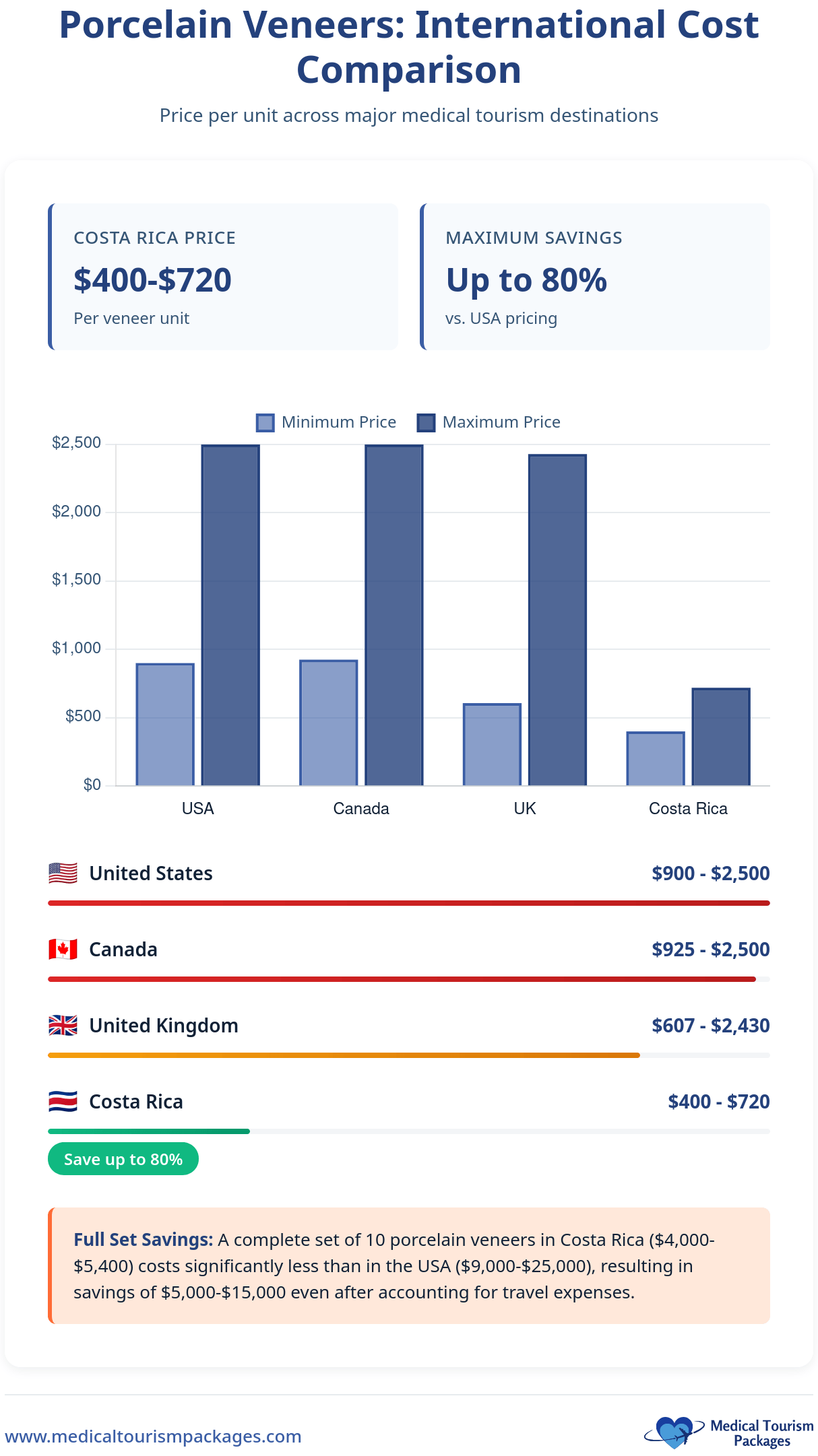
Full-mouth restorations offer substantial savings. A set of 10 porcelain veneers costs $4,000 to $5,400 in Costa Rica. A “Hollywood Smile Makeover” (involving up to 20 veneers or crowns) ranges from $5,000 to $7,000. These comprehensive treatments would cost $16,000 to $50,000 in the United States.
What Quality Standards Do Costa Rican Dental Clinics Follow?
Leading Costa Rican dental clinics utilize technology matching North American standards: Digital X-rays, Cone Beam Computed Tomography (CBCT) for 3D imaging, Computer-Aided Design and Manufacturing (CAD/CAM) systems for precise veneer fabrication, and Digital Smile Design (DSD) software that creates visual mock-ups before enamel removal.
Accreditation Systems That Matter
Joint Commission International (JCI) accredits hospitals based on strict safety protocols. High-quality dental clinics operate within or maintain affiliation with JCI-accredited facilities including Hospital CIMA and Hospital Clínica Bíblica.
Global Clinic Rating (GCR) offers independent verification of clinic quality using transparent metrics. Goodness Dental in Escazú holds the #1 ranking in Costa Rica and #2 globally according to GCR.org.
Green Flags: Quality Indicators to Seek
When evaluating potential clinics, these indicators signal verified quality standards and professional excellence that reduce treatment risks.
- High GCR rankings (top 10 in Costa Rica or top 50 globally)
- JCI-accredited hospital affiliation for emergency backup
- US or European-trained Prosthodontists with 3-4 years specialized training beyond dental school
- CAD/CAM technology and in-house laboratories
- Transparent warranty policies with written documentation
- Extensive before-and-after portfolios showing consistent results
- English-fluent clinical teams
Red Flags: Warning Signs to Avoid
Certain practices indicate substandard care or potential complications that should disqualify a clinic from consideration.
- “Veneers in One Day” claims for extensive work without confirmed CAD/CAM systems
- Refusal to discuss planned millimeter reduction before the procedure
- Price-only marketing without verifiable credentials
- Negative testimonials detailing bite damage or chronic pain
- Pressure for immediate deposits before virtual consultation
- Absence of written treatment plans with itemized costs
- Reluctance to provide dental school diplomas or specialty certificates
How to Choose a Qualified Costa Rican Dentist
Many Costa Rican dentists specializing in cosmetic procedures completed postgraduate training in the United States or Europe. Prosthodontist specialization is critical. This represents three to four years of intensive training beyond dental school, focusing specifically on restoration, aesthetics, and complex bite issues. This advanced education significantly reduces the risk of aggressive tooth reduction, the most common complication in dental tourism.
Top-Rated Clinics for International Patients
Three clinics consistently receive recognition for quality care, patient outcomes, and verified credentials from independent accreditation bodies.
| Clinic Name | Location | Lead Dentist / Key Credentials | Specialty / Distinction |
|---|---|---|---|
| Advance Dental Costa Rica | Escazú (Hospital CIMA) | Dr. Eugenio Brenes, US-trained Prosthodontist | JCI-accredited hospital affiliation, comprehensive oral restorations |
| Goodness Dental | Escazú | American-owned, multi-specialty team | GCR ranked #1 in Costa Rica, #2 globally |
| DDS Dental Costa Rica | Escazú | Comprehensive warranty coverage | Highly praised for documentation, coordinates with home-country dentists |
Five Essential Vetting Steps
Follow this systematic approach to verify provider qualifications and avoid substandard care.
- Request a comprehensive before-and-after portfolio with at least 20-30 cases demonstrating consistent, natural results
- Verify planned millimeter reduction in writing. Porcelain veneers should require 0.3 to 0.5mm reduction on the front surface only. Dentists refusing to discuss this may be planning crown preparation mislabeled as veneers.
- Review complete warranty documentation. Confirm duration (typically 5-15 years), understand voidance conditions, and acknowledge travel cost exclusions
- Check independent quality rankings. Verify GCR scores on GCR.org and JCI accreditation through official websites
- Read independent testimonials from multiple sources. Look for patterns indicating systemic issues rather than isolated incidents
Who Qualifies for Veneers in Costa Rica?
You qualify as a good candidate if you have healthy gums with no periodontal disease, sound teeth free from large cavities, sufficient enamel thickness for bonding, no severe misalignment requiring orthodontics, and realistic expectations about cosmetic improvement. Issues like active gum disease, extensive decay, or very thin enamel must be addressed before veneer placement.
Non-Negotiable Oral Hygiene Requirements
Proper oral care directly determines veneer longevity and warranty validity. These requirements are explicit conditions that cannot be waived or postponed.
- Pre-procedure: Professional deep cleaning to eliminate plaque and ensure gum health
- Daily maintenance: Brush twice with non-abrasive toothpaste, floss regularly, use antimicrobial mouthwash
- Professional care: Cleanings and X-rays every six months minimum
- Annual check-ups are mandatory. Neglecting these appointments voids warranty immediately, regardless of veneer condition
- Documentation: Maintain records and provide reports to your Costa Rican clinic upon request
The 6-Day Treatment Process
The veneer procedure requires six days and four clinic visits for core treatment, condensing a process that typically takes three or more weeks in North America. A stay of 10 to 14 days is recommended for buffer time.
Day-by-Day Treatment Schedule
The treatment follows a structured timeline that balances clinical precision with efficient scheduling for international patients.
| Day | Visit # | Activity | Notes |
|---|---|---|---|
| Day 1 | Visit 1 | Consultation, diagnostics | Full examination, X-rays, 3D scans, smile design confirmation |
| Day 2 | Visit 2 | Tooth prep, impressions, temporaries | Minimal enamel reshaping (0.3-0.5mm), digital scans, temporary veneers placed |
| Days 3-4 | N/A | Veneer fabrication | Custom veneers created in lab, patient downtime for rest/tourism |
| Day 5 | Visit 3 | Final placement and bonding | “Try-in” appointment, fit/color adjustments, permanent bonding |
| Day 6 | Visit 4 | Post-op check, discharge | Bite assessment, gum evaluation, aftercare instructions |
Pre-Trip Virtual Consultation
Most reputable clinics offer complimentary virtual consultations where you share existing dental X-rays, photographs, and medical history. The dentist provides preliminary diagnosis, discusses aesthetic goals, and establishes a detailed treatment plan with accurate cost estimates. Request specific information about planned enamel reduction, material brands, and warranty terms during this conversation.
Night Guard for Long-Term Protection
A custom night guard prevents veneer chipping from nighttime grinding, protects dental cement bonds from excessive wear, prevents stress fractures in porcelain, and reduces TMJ complications. Your dental team creates impressions during your final appointment. While this adds to total cost, it represents essential insurance for your investment.
Practical Travel Planning for Medical Tourists
San José and Escazú serve as the primary hubs for high-quality dental tourism. Escazú has emerged as the preferred destination due to highest English fluency among medical staff, proximity to JCI-accredited hospitals (Hospital CIMA and Clínica Bíblica), and concentration of all three top-rated dental clinics.
Entry Requirements and Logistics
Most North American and European medical tourists face straightforward entry requirements that do not require advance visa processing. For comprehensive information about traveling to Costa Rica for medical procedures, see this complete guide for American medical tourists.
- Visa: US, Canada, UK, and EU citizens don’t need tourist visas for stays under 90 days
- Passport: Must have at least six months validity beyond departure date
- Proof required: Economic means ($100 USD per month of stay) and return travel confirmation
- Airport: Juan Santamaría International Airport (SJO) is 30 minutes from Escazú
- Flight times: 3-5 hours from major North American cities
- Transportation: Most clinics include airport pickup and transportation to appointments
Recovery Accommodations
Recovery-focused accommodations cater specifically to medical tourists, offering quiet environments and amenities that support post-procedure healing.
- Las Cumbres Inn: Dedicated surgical retreat with private recovery rooms
- Apartotels: Villas del Rio, Don Francisco Apartotel, Wyndham Garden offer suites with kitchenettes
- Clinic partnerships: Recovery facilities coordinate transportation and support services
Costa Rica’s “Pura Vida” culture emphasizes relaxed living that reduces stress and supports healing. The temperate climate and political stability (no armed conflict in 70+ years) create secure conditions for recovery.
Key Advantages for Medical Tourists
Costa Rica offers multiple strategic advantages that extend beyond simple cost reduction, creating favorable conditions for successful dental tourism.
- Financial savings of $5,000 to $15,000 per trip. A patient requiring eight porcelain veneers saves approximately $10,400 compared to US costs
- Identical materials to North American facilities. E-Max porcelain, Lumineers, and premium ceramics from the same manufacturers
- Access to US-trained Prosthodontists with specialized expertise in aesthetic restoration
- Short flight times minimize travel fatigue and time away from work
- Vacation integration. Combine treatment with canopy tours, hot springs, beaches, and cultural experiences
- Comprehensive packages simplify logistics by bundling procedures with accommodations and transportation
What Are the Disadvantages and Risks of Getting Veneers in Costa Rica?
Dental tourism involves inherent risks that require careful consideration. Understanding these challenges allows you to make informed decisions and implement protective measures.
- Most significant clinical risk: Some clinics perform aggressive tooth reduction on all surfaces, creating “peg” preparations that constitute crowns rather than veneers. True veneers require 0.3 to 0.5mm reduction on front surface only. Aggressive reduction dramatically increases nerve exposure risk, leading to chronic pain and root canal requirements.
- Common complications include aesthetic dissatisfaction (unnaturally white prosthetics, misaligned teeth, size/shape inconsistencies), chronic gum inflammation from imperfect veneer fit, and bite problems causing jaw pain and uneven tooth wear.
- Financial risks: Corrective work by home-country dentists costs $1,000+ per tooth, eliminating cost advantages. Insurance rarely covers corrections for procedures performed abroad.
- Legal challenges: Costa Rican malpractice claims proceed as criminal proceedings with 58% inconclusive forensic reports. Civil remedies are not easily accessible.
Managing Follow-Up Care
Establish a relationship with a local dentist or Prosthodontist before traveling. This professional provides pre-trip assessment, serves as your local reference point upon return, and conducts mandatory annual check-ups required for warranty validity. Costa Rican clinics provide complete documentation (material specifications, preparation details, X-rays) ensuring your home-country dentist can manage follow-up care effectively.
Daily Aftercare Requirements
Proper aftercare is critical to maximizing the lifespan of your veneers and maintaining warranty coverage. Your daily habits directly impact veneer durability, appearance, and overall oral health.
Essential Daily Practices
Maintaining your veneers requires consistent effort with proper techniques and materials designed for cosmetic dentistry.
- Brush twice daily with non-abrasive toothpaste formulated for cosmetic dentistry
- Floss regularly using gentle technique to avoid damaging veneer edges
- Use antimicrobial mouthwash once or twice daily as recommended
- Schedule professional cleanings every six months
Foods and Behaviors to Avoid
Certain behaviors compromise veneer integrity and void warranty coverage, requiring permanent lifestyle modifications.
- Hard foods (ice, hard candy, nuts, popcorn kernels, raw carrots)
- Sticky foods (caramel, taffy, chewing gum, dried fruit)
- Pigmented beverages for composite veneers (coffee, red wine, tea)
- Smoking or drug use (immediately voids all warranty coverage)
- Using teeth as tools to open packages or hold objects
Annual professional evaluations are explicit warranty conditions that cannot be waived. These must include professional cleaning and X-ray imaging. Failure to complete annual check-ups voids warranty coverage immediately.
How Costa Rica Compares to Other Latin American Destinations
Costa Rica competes within a regional dental tourism market where destinations differentiate themselves through varying combinations of cost, quality, accessibility, and risk profiles.
| Destination | Cost Per Unit | Flight Time | Key Advantage | Key Disadvantage |
|---|---|---|---|---|
| Costa Rica | $400-$500 | 3-5 hours | High safety, political stability, verifiable quality (JCI/GCR) | Higher cost than some alternatives |
| Mexico | $500-$1,000 | Border-5 hours | Most convenient travel, lowest travel costs | Safety concerns in border areas, variable quality |
| Colombia | $300-$500 | 5-7 hours | Competitive pricing, modern facilities | Less established infrastructure |
Costa Rica occupies the “safe, premium savings” segment. While some destinations offer lower prices, Costa Rica significantly reduces both logistical complexity and clinical risk. Short flight times minimize travel fatigue. US dollar currency eliminates exchange rate risks. Geographic proximity makes warranty enforcement more practical.
How to Plan Your Dental Tourism Trip Successfully
Costa Rica offers legitimate opportunities for high-quality porcelain veneers at substantial savings driven by lower operational costs rather than material compromise. Success depends on rigorous provider selection and realistic planning. Prioritize clinics with third-party accreditation through GCR rankings and JCI hospital affiliations. Select Prosthodontists with US or European training to minimize the risk of aggressive tooth reduction. Remember that warranty policies exclude travel costs, so budget accordingly for potential return trips. Establish a relationship with a home-country dentist before traveling to ensure proper pre-trip assessment and post-return care coordination. Plan for a 10 to 14-day stay rather than the minimum six days to allow buffer time for adjustments. For patients seeking high-quality cosmetic dentistry, Costa Rica delivers savings of $5,000 to $15,000 per trip while maintaining verifiable quality standards, political stability, and convenient access from North America.
Simplify Your Dental Tourism Journey with Professional Support
Planning dental tourism involves coordinating provider selection, travel logistics, appointments, accommodations, and follow-up care. Medical Tourism Packages specializes in facilitating every aspect of your dental experience in Costa Rica, connecting international patients with vetted, accredited clinics while handling the logistical complexities that often overwhelm first-time medical tourists.
Ready to explore high-quality, affordable dental veneers in Costa Rica? Medical Tourism Packages provides personalized guidance, answers your questions, and develops customized treatment plans that fit your needs and budget. Contact Medical Tourism Packages today to begin planning your dental tourism experience with confidence and professional support.
Frequently Asked Questions
How much can I really save by getting veneers in Costa Rica?
Most patients save between $5,000 and $15,000 on total treatment. For example, eight porcelain veneers that might cost $7,200–$20,000 in the U.S. are typically $3,200–$5,760 in Costa Rica. Even after flights, lodging, and meals for a 10–14 day trip, out-of-pocket costs are usually far lower than domestic treatment.
Are the materials used in Costa Rica the same quality as in the US?
Yes. Leading clinics use the same premium brands found in North America—E-Max lithium disilicate, Lumineers, Empress ceramics, and other internationally recognized materials from the same manufacturers. Savings come from lower operating costs, not inferior products.
How do I know if a Costa Rican dentist is qualified?
Verify credentials such as U.S. or European postgraduate training, a Prosthodontist specialty (3–4 years beyond dental school), affiliation with JCI-accredited hospitals like Hospital CIMA, and strong Global Clinic Rating (GCR) scores. Ask to see diplomas, specialty certificates, and a portfolio of 20–30 before-and-after cases—reputable dentists will share these and discuss their training openly.
What’s the biggest risk I should watch out for?
Aggressive tooth reduction. Some clinics remove enamel from all surfaces, turning veneers into full crowns and increasing the risk of nerve exposure and chronic pain that may require root canals. Get written confirmation that only 0.3–0.5 mm will be removed from the front surface. If a dentist won’t discuss exact reduction in millimeters, look elsewhere.
How long do I need to stay in Costa Rica for the procedure?
The core treatment typically takes six days across four clinic visits, but plan a 10–14 day stay. The extra time allows for adjustments, recovery between appointments, and a less rushed experience—plus time to enjoy beaches, hot springs, and nature.
What happens if something goes wrong after I return home?
Line up a local dentist or Prosthodontist before you travel. Costa Rican clinics usually provide full documentation—material specs, prep details, and X-rays—so your home dentist can manage follow-up. Many clinics offer 5–15 year warranties, but travel costs for warranty work are on you. Budget for possible return trips, and note that corrections at home often run $1,000+ per tooth.
Will my dental insurance cover veneers done in Costa Rica?
Most U.S. plans classify veneers as cosmetic and don’t cover them, regardless of where they’re done. A few plans may reimburse a portion of the procedure if you submit itemized invoices and treatment records. Confirm benefits with your insurer before traveling, and remember that complications treated at home are rarely covered.
Do I need to speak Spanish to get dental treatment in Costa Rica?
No. Clinics serving international patients—especially in Escazú—operate in English. Dentists, coordinators, and staff are typically fluent, many trained in the U.S., and provide English-language treatment plans, records, and post-op instructions.
